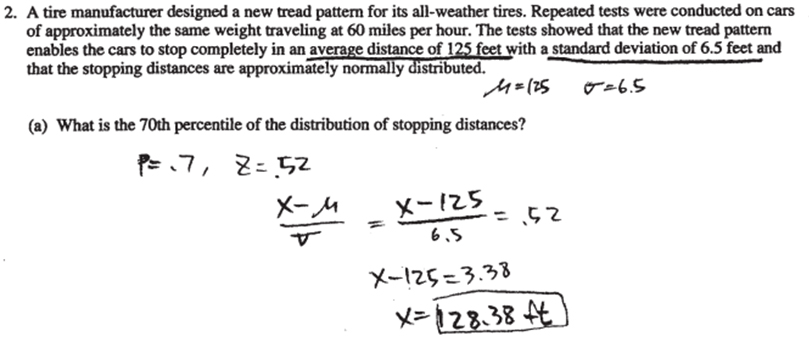

SPSS offers Bonferroni-adjusted significance tests for pairwise comparisons. beta gets smaller as the number of tests or end points increasesĬopyright © 2000-2022 StatsDirect Limited, all rights reserved.beta gets smaller as the sample size gets larger.can't be estimated except as a function of the true population effect.beta depends upon sample size and alpha.is the incorrect acceptance of the null hypothesis.do 20 rejections of H 0 and 1 is likely to be wrongly significant for alpha = 0.05) increases with the number of tests or end points (i.e.is not affected by sample size as it is set in advance.maximum probability is set in advance as alpha.is the incorrect rejection of the null hypothesis.Statistical referees of scientific journals expect authors to quote confidence intervals with greater prominence than P values. You must understand confidence intervals if you intend to quote P values in reports and papers. If you are interested in further details of probability and sampling theory at this point then please refer to one of the general texts listed in the reference section. The following table shows the relationship between power and error in hypothesis testing: If you want to estimate sample sizes then you must understand all of the terms mentioned here. Power should be maximised when selecting statistical methods. The power of a test is one minus the probability of type II error (beta). The significance level (alpha) is the probability of type I error. As an aid memoir: think that our cynical society rejects before it accepts. Type I error is the false rejection of the null hypothesis and type II error is the false acceptance of the null hypothesis. You might also want to refer to a quoted exact P value as an asterisk in text narrative or tables of contrasts elsewhere in a report.Īt this point, a word about error. As a rule of thumb, if you can quote an exact P value then do. Please note, however, that many statisticians do not like the asterisk rating system when it is used without showing P values. The asterisk system avoids the woolly term "significant". Most authors refer to statistically significant as P < 0.05 and statistically highly significant as P < 0.001 (less than one in a thousand chance of being wrong). When presenting P values some groups find it helpful to use the asterisk rating system as well as quoting the P value:

What we can do is try to optimise all stages of our research to minimise sources of uncertainty. In the ideal world, we would be able to define a "perfectly" random sample, the most appropriate test and one definitive conclusion.

These numbers can give a false sense of security. Conventionally the 5% (less than 1 in 20 chance of being wrong), 1% and 0.1% (P < 0.05, 0.01 and 0.001) levels have been used. The choice of significance level at which you reject H 0 is arbitrary. It does NOT imply a "meaningful" or "important" difference that is for you to decide when considering the real-world relevance of your result. accept that your sample gives reasonable evidence to support the alternative hypothesis. If your P value is less than the chosen significance level then you reject the null hypothesis i.e. For example, question is "is there a significant (not due to chance) difference in blood pressures between groups A and B if we give group A the test drug and group B a sugar pill?" and alternative hypothesis is " there is a difference in blood pressures between groups A and B if we give group A the test drug and group B a sugar pill". The alternative hypothesis (H 1) is the opposite of the null hypothesis in plain language terms this is usually the hypothesis you set out to investigate. The term significance level (alpha) is used to refer to a pre-chosen probability and the term "P value" is used to indicate a probability that you calculate after a given study. This situation is unusual if you are in any doubt then use a two sided P value. The only situation in which you should use a one sided P value is when a large change in an unexpected direction would have absolutely no relevance to your study. Define a null hypothesis for each study question clearly before the start of your study. no difference between blood pressures in group A and group B. The null hypothesis is usually an hypothesis of "no difference" e.g. P is also described in terms of rejecting H 0 when it is actually true, however, it is not a direct probability of this state. The P value, or calculated probability, is the probability of finding the observed, or more extreme, results when the null hypothesis (H 0 ) of a study question is true – the definition of ‘extreme’ depends on how the hypothesis is being tested.


 0 kommentar(er)
0 kommentar(er)
